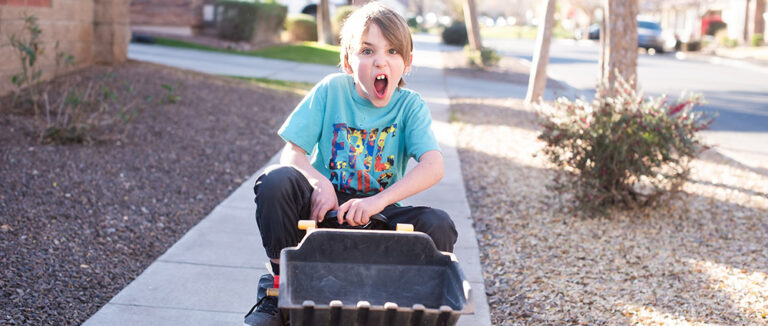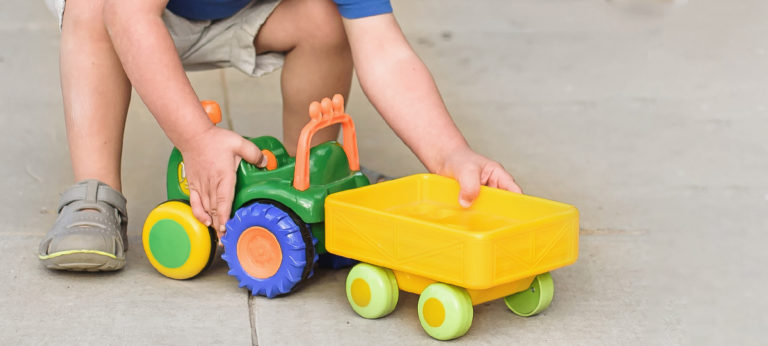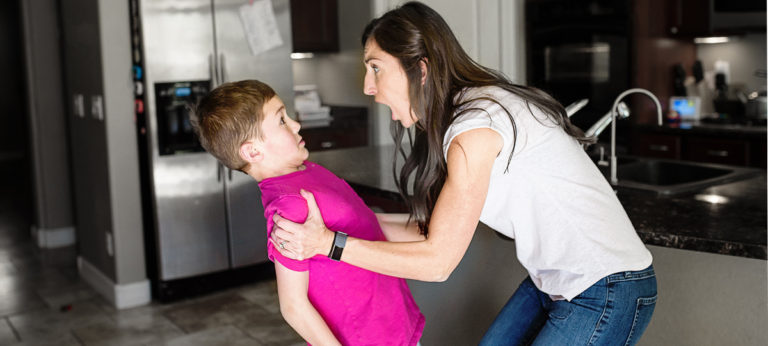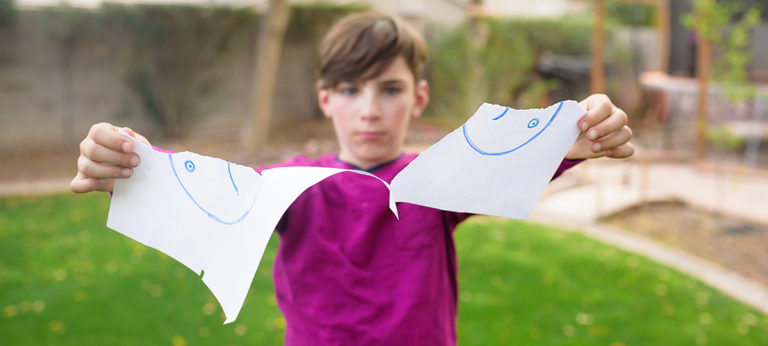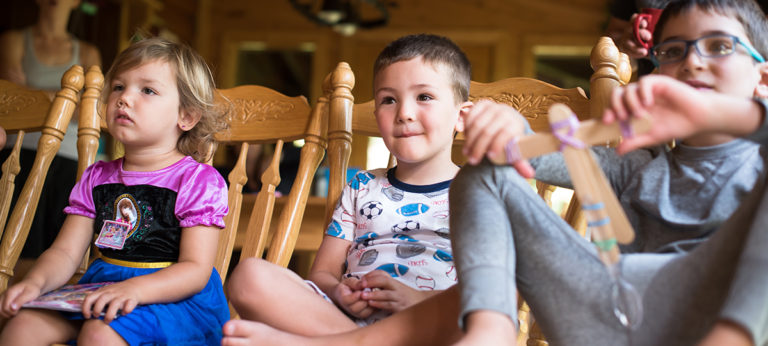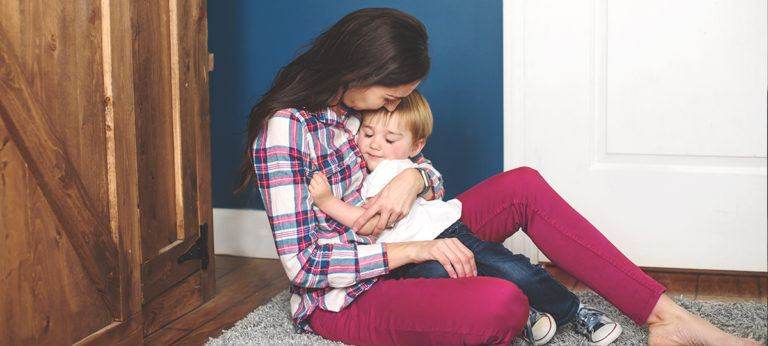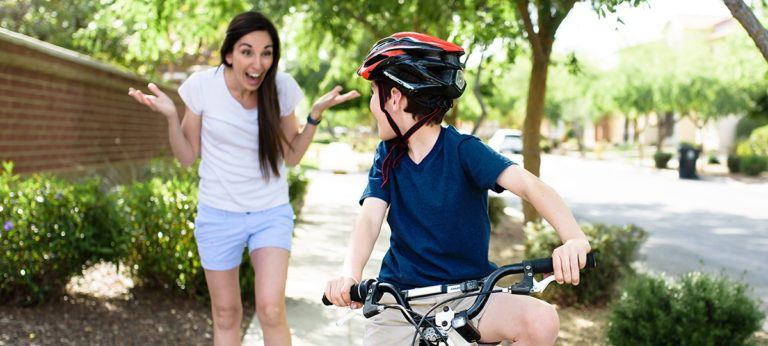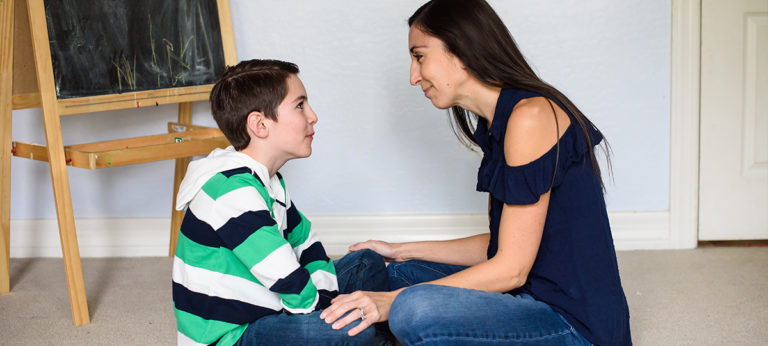10 Helpful Questions to Ask a Parent Coach Before You Hire One
Not all parent coaches are the same. In this post, you’ll learn the 10 most important questions to ask a parent coach before hiring one, so you can find the right support for your unique family and start your journey with confidence.


